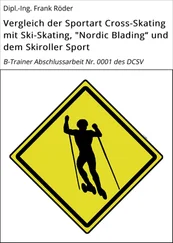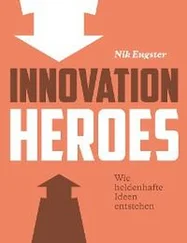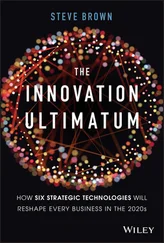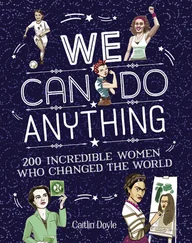At a time when innovation processes are becoming more complex (if only because of the acceleration of the circulation of information and the growing influence of users, or even of communities of use), and when innovations become increasingly intertwined (as in the case of the development of service innovations in conjunction with product innovations), it seems desirable that research in social and management sciences applied to sport should be based more voluntarily and systematically on these different theoretical achievements. The specificity of the sociology of innovation lies, on the one hand, in its empirical anchoring, which gives pride of place to field studies, and, on the other hand, in its descriptive dimension, which is particularly relevant to account for emerging and unstable processes.
With regard to the surveys and research mentioned, it is important to remember that the innovation process often appears to be less linear and centralized than common sense would suggest. A reticular phenomenon, subject to continuity and sometimes swirling, it eludes categories that are too closed, as well as attempts to identify the key stages of any innovative process (identification of a need, prototyping, testing, successive lifting of technical constraints, marketing, etc.), tending toward a form of idealization of real innovation trajectories (Gaglio 2011). In principle, while some approaches value one actor or another (be it an entrepreneur, lead user, open enterprise, socio-technical network, etc.) as a source and catalyst of innovation, it is probably less the characteristics of a hypothetical typical innovator that should be tracked down than, more modestly, the key competences that are recurrently implemented in the innovative processes (Gaglio 2011).
1 1 “Production educates consumers, as it were, and creates new needs, so that initiative is on its side” (Schumpeter 1935, p. 94).
2 2 Faced with an unfulfilled need, some of these user-inventors nevertheless aspire to take advantage of their inventive capacity, and create companies (Shah and Tripsas 2016) or even file patents for this purpose. But ultimately, a very small percentage of such patented products reach the market phase (Dulakakhoria and Jana 2013), and the eventual transition to commercialization often involves the use of traditional manufacturers.
3 3 It is surprising that this original work in sports management does not rely on the actor-network theories that we will see in section 1.3.
Конец ознакомительного фрагмента.
Текст предоставлен ООО «ЛитРес».
Прочитайте эту книгу целиком, купив полную легальную версию на ЛитРес.
Безопасно оплатить книгу можно банковской картой Visa, MasterCard, Maestro, со счета мобильного телефона, с платежного терминала, в салоне МТС или Связной, через PayPal, WebMoney, Яндекс.Деньги, QIWI Кошелек, бонусными картами или другим удобным Вам способом.












